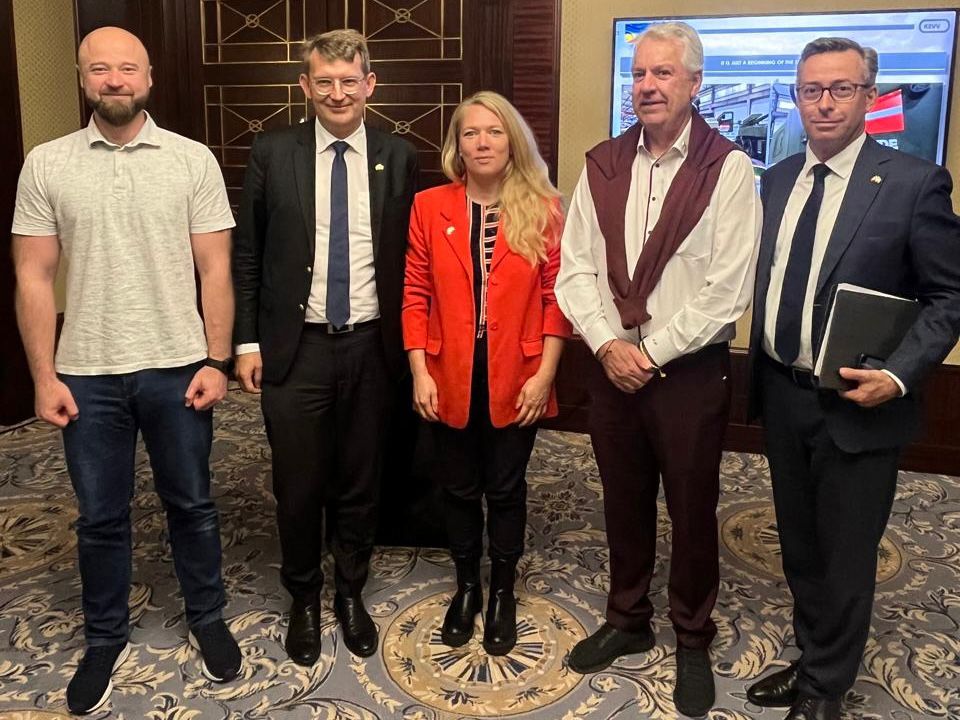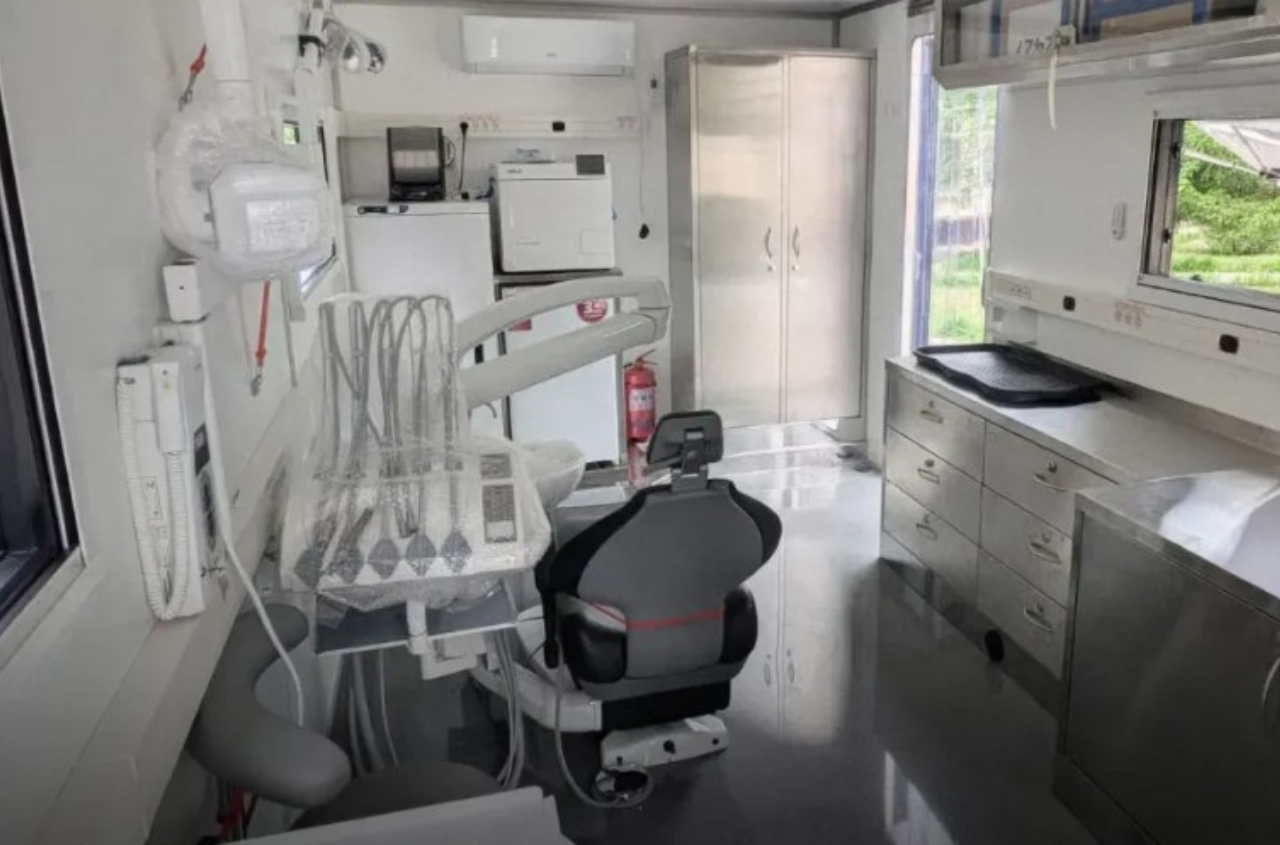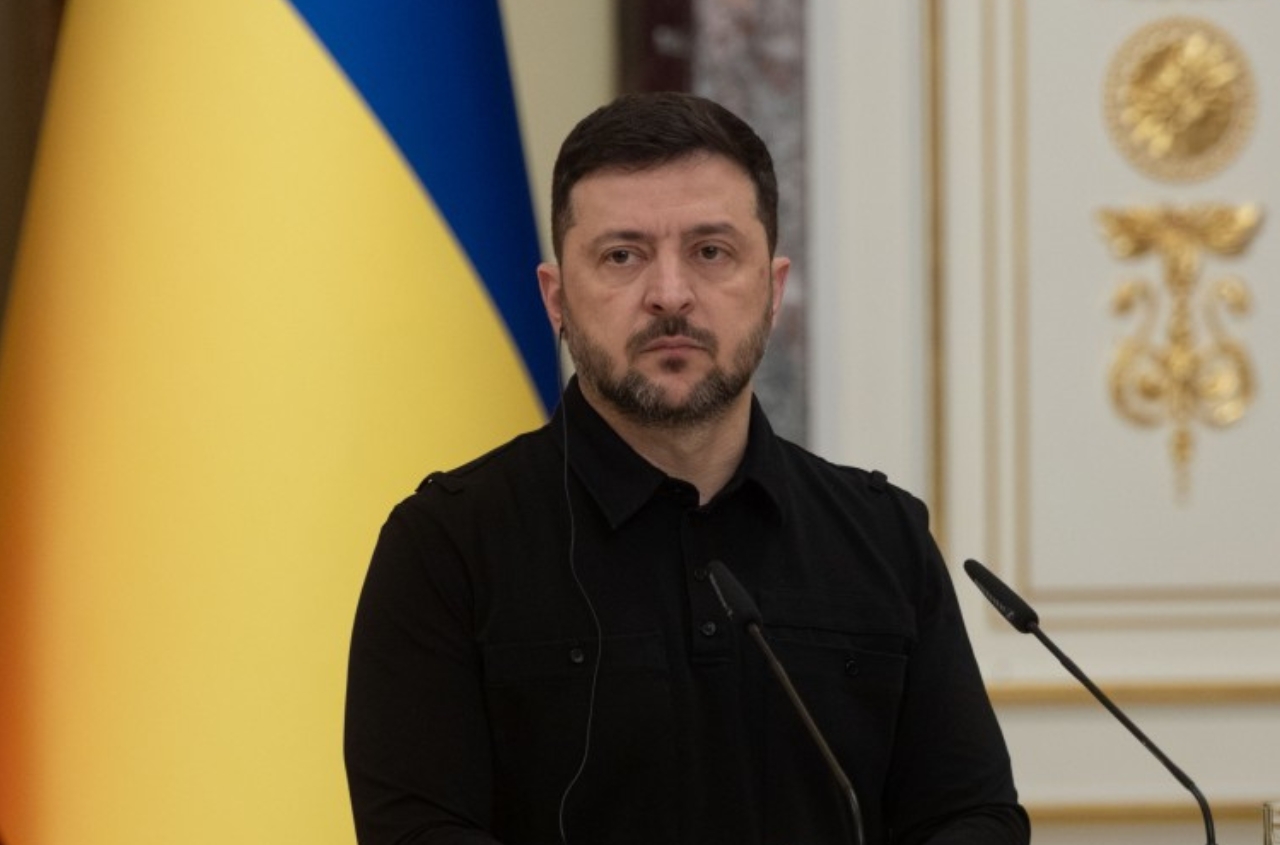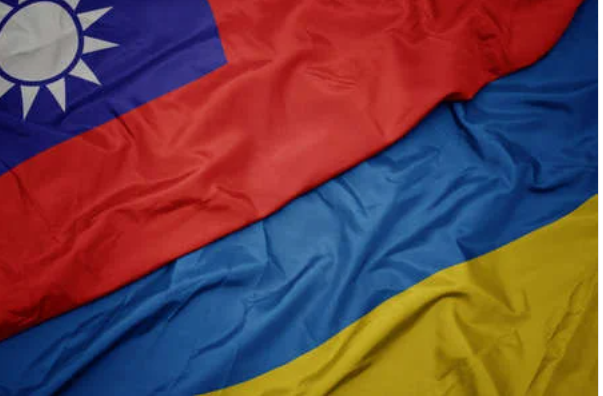Denmark was the first among foreign partners to start directly funding Ukrainian defense enterprises. This cooperation model allows Ukraine to reduce its dependence on international aid and provides a significantly cheaper and more effective method for producing modern weaponry.
The Armed Forces of Ukraine have already received the first samples of artillery produced within this collaboration. The first joint project was the production of the "Bohdana" self-propelled artillery systems (SPGs) for the Ukrainian army, funded by the Danish government.
During the visit of Danish Minister of Defense Troels Lund Poulsen to Kyiv, Ukrainian Deputy Defense Minister Dmytro Klimenkov discussed this support model for Ukraine’s defense-industrial complex with the foreign delegation.
Dmytro Klimenkov also explained how the "Danish model" of supporting Ukraine’s defense industry works:
• Ukraine prepares a list of projects needing funding.
• Danish experts verify the recommended companies, assess their capabilities and experience in fulfilling contracts.
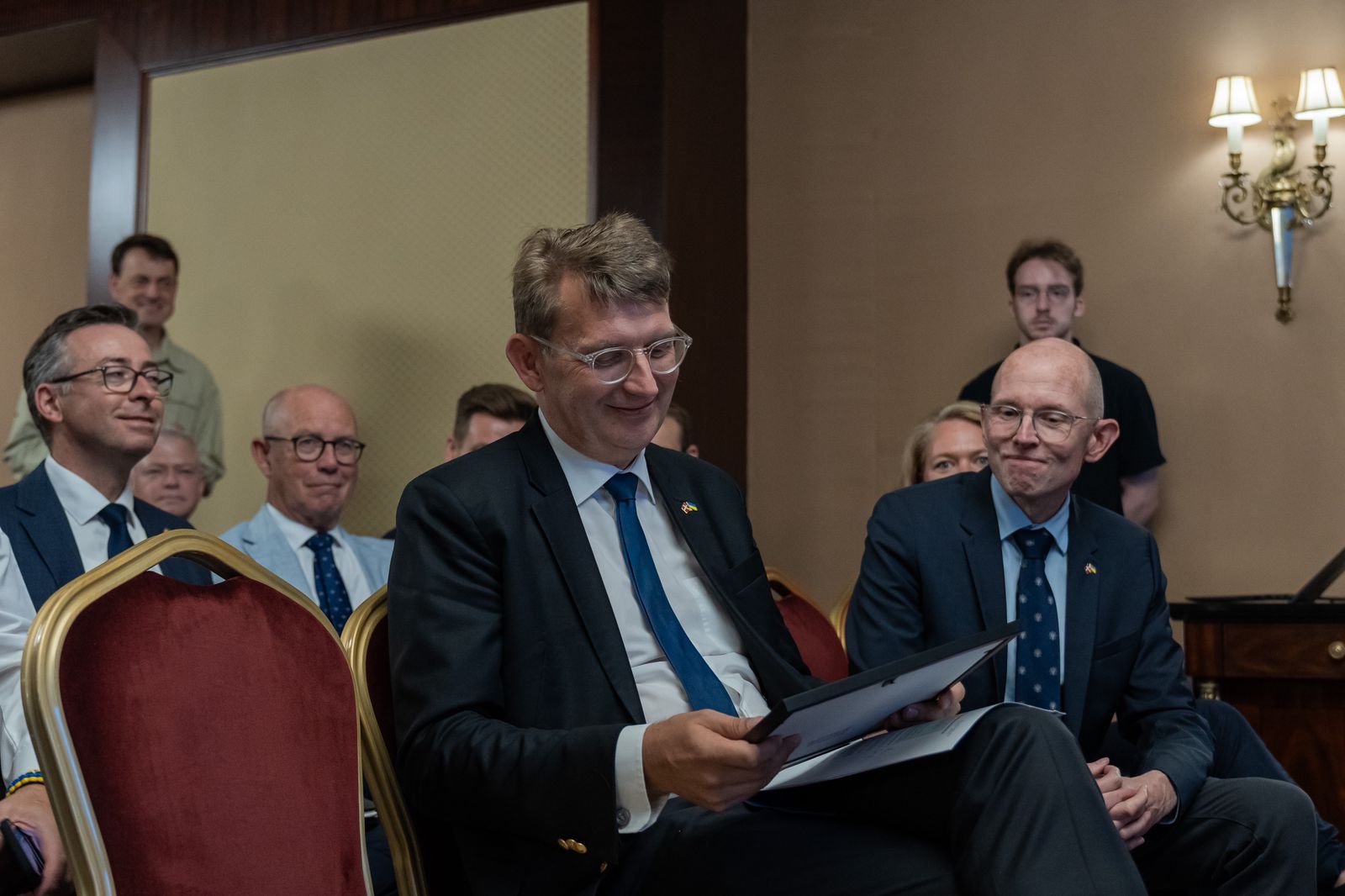
The main selection criterion is alignment with the priorities of the Armed Forces of Ukraine.
"The 'Danish model' is a cheap and efficient approach to producing modern weaponry and ammunition. Currently, there’s a global shortage of production capacity for arms, so it’s crucial that Denmark is helping to modernize Ukraine's military industry. For us, this is about defense independence and investment in our economy. We have our own capacities, and they’re sharing technologies with us. Localizing defense production in Ukraine will not only reduce our reliance on foreign supplies but also enable us to respond more flexibly to front-line needs, quickly adapting weapon production to combat requirements," noted Dmytro Klimenkov.

Dmytro Klimenkov urged other partner states to scale the "Danish model" and join the initiative.
Currently, as part of the initiative, Denmark plans to raise around €600 million, with €175 million coming from the Danish government. An additional €400 million will come from the windfall profits of frozen Russian assets.









